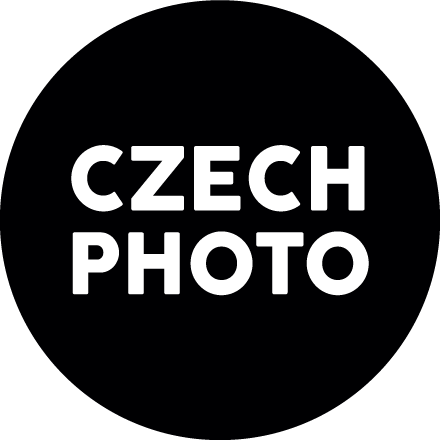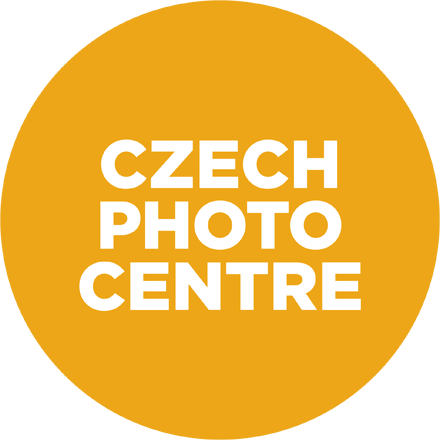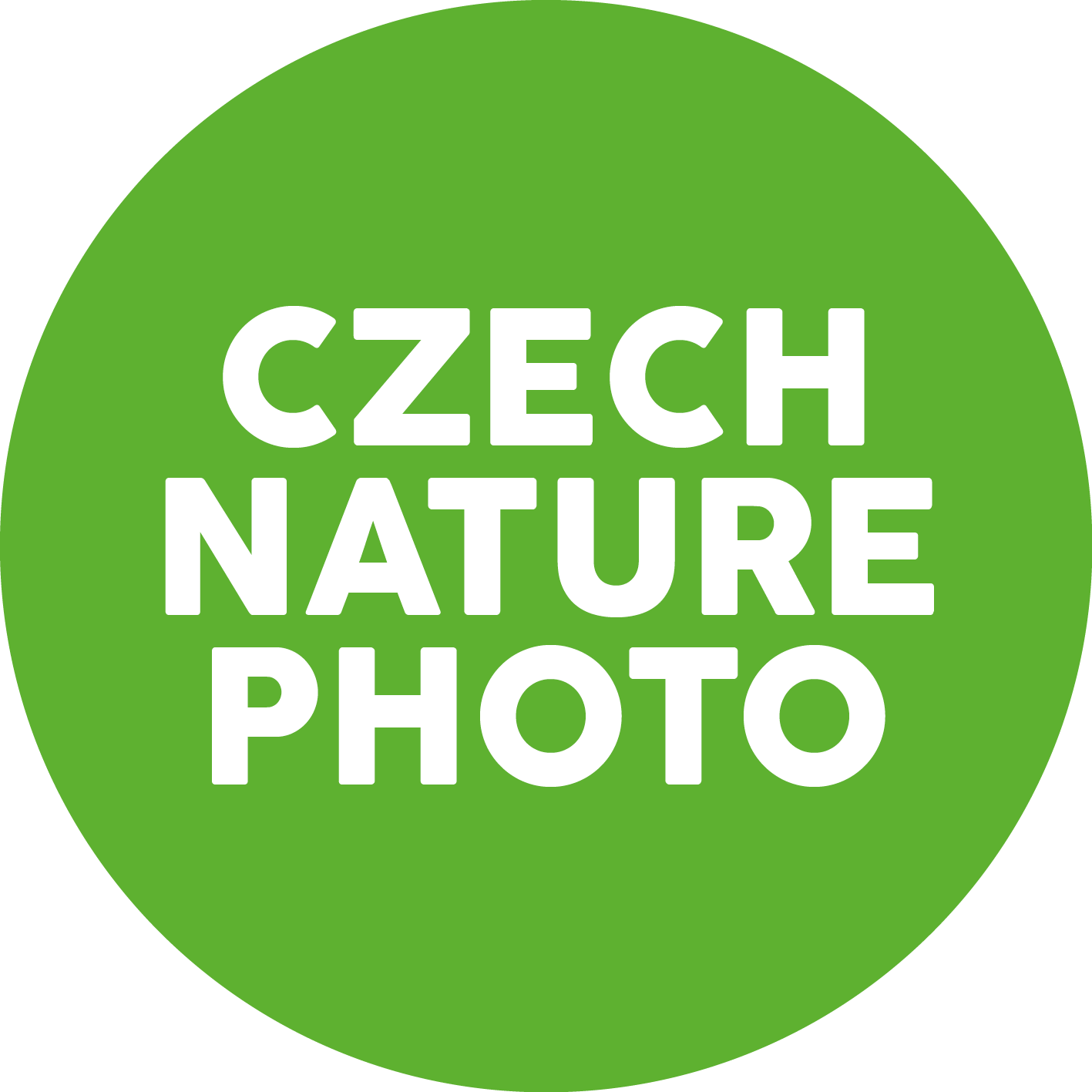




Another exhibition you will be able to view in the Czech Photo Centre from mid-June is a cross-section of the photography of a number of authors with the distinctive title: Provocateurs in Photography. Provocateur, rebel, tease – these are words used to describe an individual whose behaviour makes them stand out from the crowd and irritate others. Even Czech photography has its provocateurs, especially in the nude genre which plays a vital role in its history.
Name: Provokatéři ve fotografii
Terms: 14 June – 8 August 2017 (every day except Monday)
Opening hours: Tue – Fri: 11am – 6pm / Sat – Sun: 10am – 6pm
Further information available soon.
Since the early twentieth century, when no major world exhibition could go by without nudes from Czech artist František Drtikol, the genre has undergone a major transformation: Nude photographs are no longer just about the body’s graceful curves and their shaping through light, about the object itself and its artistic transformation, but rather about feelings and transmission of a complexly conceived idea. This can even be applied to František Drtikol himself, the first modern Czech photographer who used nudes to express the transformation of lifestyle he lived through with bravado. Thus, photography of the naked body became ever more a response to the reality of life – a reality replete with unfulfilled desires, romantic dreams, aggression, fear and insecurity. And, of course, also erotic fantasy. One great provocative figure or “unruly child” as the English translation of the poetic French term “enfant terrible” would go – in the 1960s and 1970s was Taras Kuščynskyj, while this role was taken on in the subsequent two decades, exciting even more incendiary responses, by Jan Saudek. And currently, it appears the role has been taken on by Antonín Tesař. Each of these “provocateurs” has represented a shift in development and style.
Taras Kuščynskyj (1932 - 1983) was able to masterfully bring female beauty and eroticism together with psychological portraits of women. His nudes as a part of the wild were revelatory within communist totality. They exploded deep-rooted canons and gave the classic genre a new face. And of course they were provocative. They were symbols of human liberation. Their strong impact, on the young generation in particular, despite official discouragement, led to their use in magazine illustrations, posters, calendars and record covers.
Jan Saudek (1935), the most controversial figure in Czech photography, was unable to make an official living as an artist for many years. His creations were not just provocation to political power, but also to representatives of artist unions and photographers themselves. The ingenious creator of the “theatre of life” was the first Czech to anticipate the rise of staged photography. Even he himself cannot be sure whether he has shaped his own life in accordance with the dreams he stages and photographs, or whether his photographs are a reflection, or even the way, of the life he leads. As a whole, his works are an exciting and shocking drama on the fortune of man from birth to death. A human comedy and tragedy in which passion plays a starring role.
Antonín Tesař (1963), deeply marked by his own life story and a deep emotional vulnerability, uses his bizarre staged tableaux to traverse the sphere of ambivalence, hybridity and perversion of today’s world. He flirts with decadent notions of love and death. He toys with the aesthetics of disgust. He touches on subconscious forms of anxiety and madness, making reference to pop culture and its demonstrative devaluation of traditional ethics and aesthetics, to the mass adoration of sex. He arouses understanding, but also disgust.
Text: Daniela Mrázková (květen 2017)